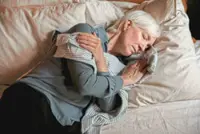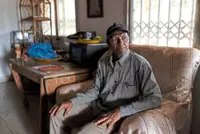Bobby demonstrating ways to fold the fabric while observing the the do’s and dont’s when making siga.
Casual hobby turns into passion for preserving the traditional art of Kadazandusun headgear making.
WHAT began as a casual hobby driven by curiosity for Mohd Idzhar Fadlullah A Hairy Abdullah has evolved into a long-time passion for preserving the traditional art of Kadazandusun headgear making.
Already a subscriber? Log in
Save 30% OFF The Star Digital Access
Cancel anytime. Ad-free. Unlimited access with perks.





